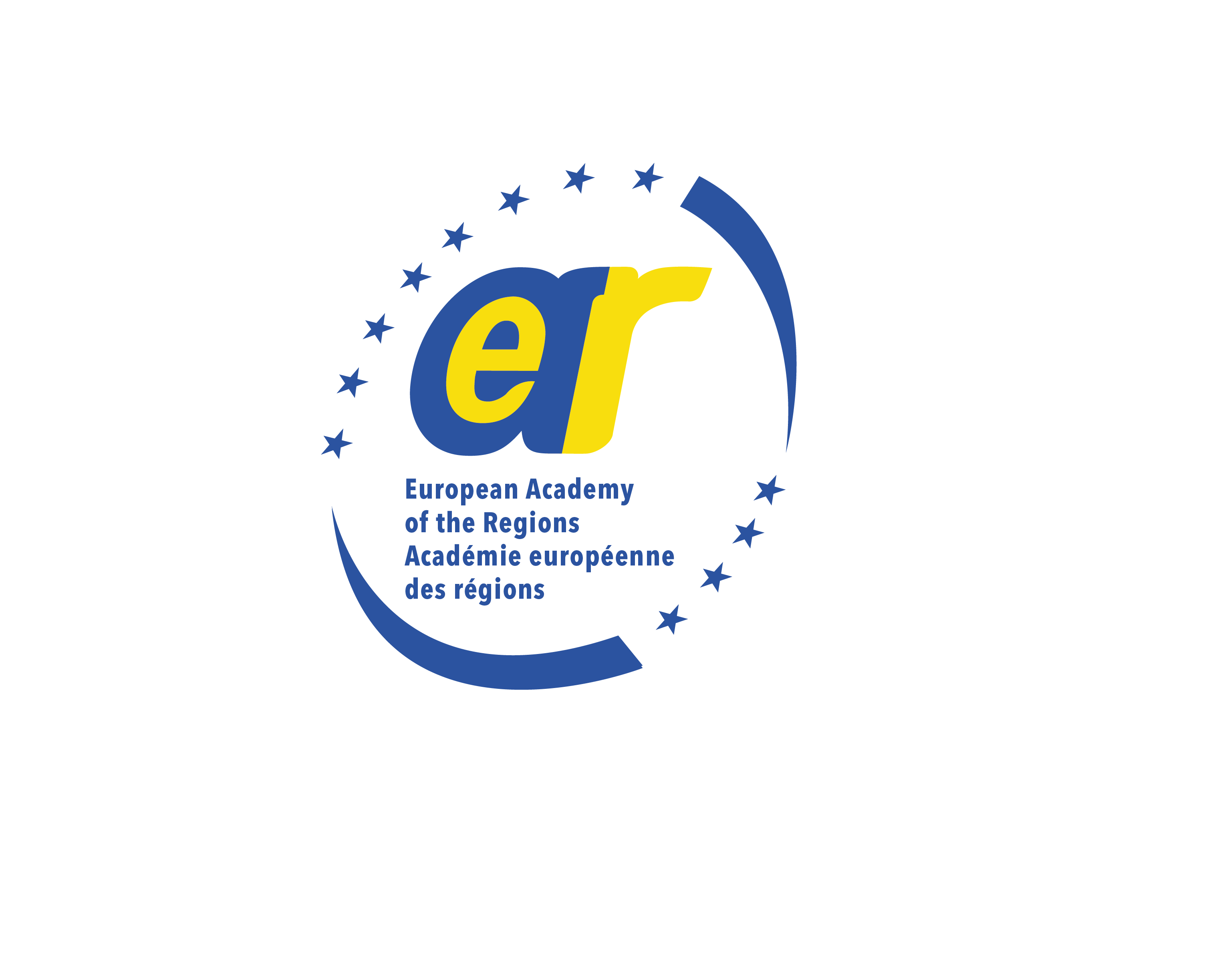On the 27th February 2017 the Commission has published the third edition of the Regional Competitiveness Index for 263 EU regions, a study that provides useful insights for regions to boost their economic performance.
Regional competitiveness is the ability of a region to offer an attractive and sustainable environment for firms and residents to live and work.
The novelty of the 2016 edition is the interactive web tool, which allows for a more detailed analysis and comparison of each region, either with its peers in terms of GDP per capita or with all EU regions. Users may now see more easily how their region scores in terms of innovation, governance, transport, digital infrastructure, health or human capital. The tool is also designed to help regions identify their strengths, their weaknesses and investment priorities when shaping their development strategies.
Overall, the 2016 results are in line with those for 2013. Once again, a polycentric pattern can be observed with strong capital and metropolitan areas as the main drivers of competitiveness. Spill over effects can be seen in most of north-western Europe, but this is much less obvious in the EU regions to the east and south. High levels of within-country variation are observed in many cases which are caused by a clearly outperforming capital region compared to the other regions in the country.
The important added-value of the RCI is that it extends the traditional analysis of competitiveness from a purely economic measure to incorporate social elements. It also takes into account the level of development of a region by shifting the emphasis from more basic issues to innovation related factors. The index can therefore provide indications of what each region should focus on, taking into account its specific situation and its level of development.
The methodological paper detailing how the index is computed is available here.
http://europa.eu/rapid/press-release_IP-17-333_en.htm
